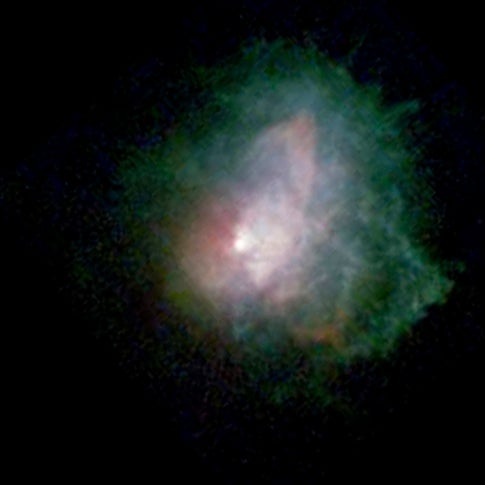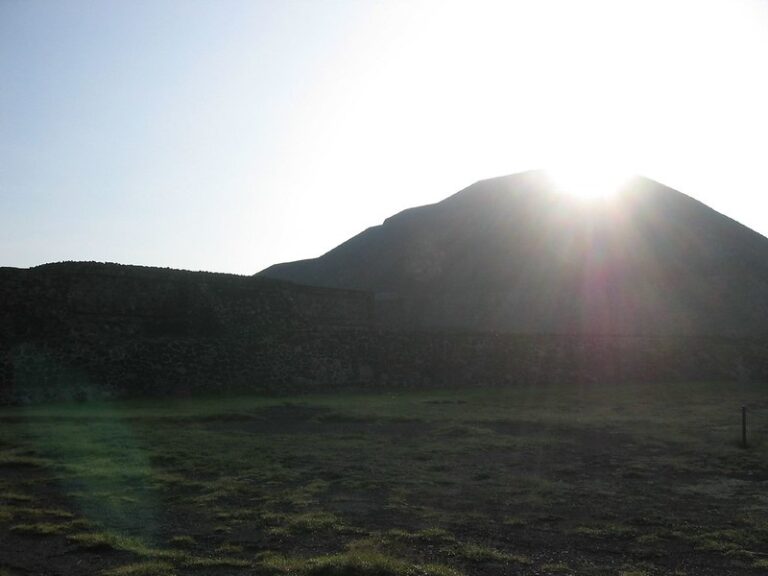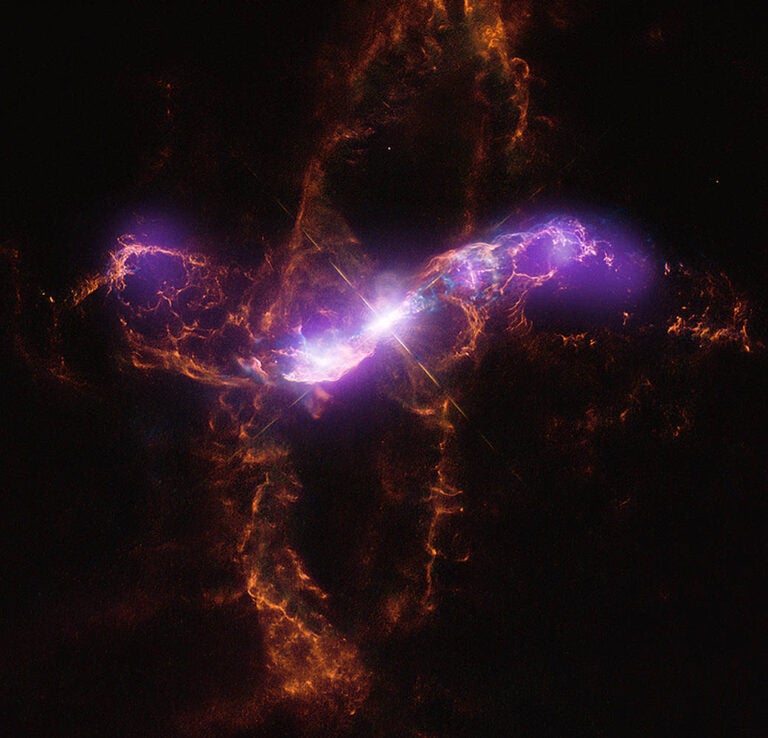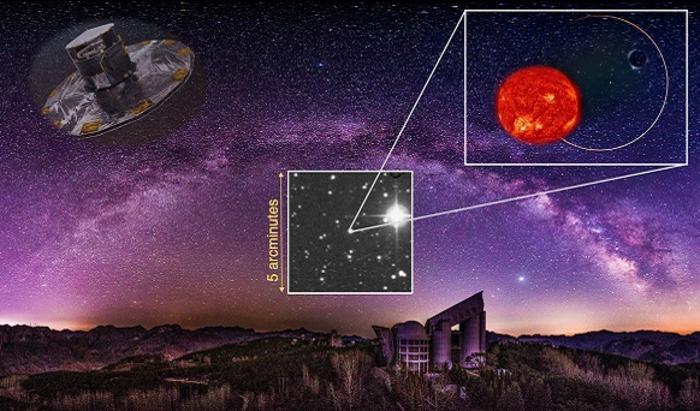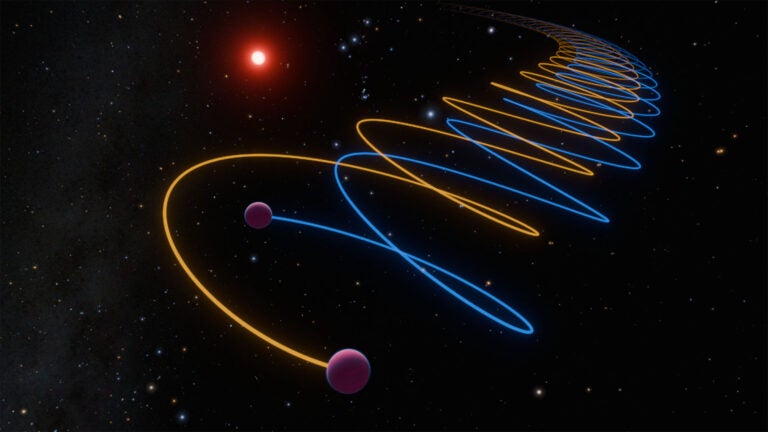Using NASA’s Hubble Space Telescope and the W.M. Keck Observatory, Kameula, Hawaii, astronomers have learned that the gaseous outflow from one of the brightest super-sized stars in the sky is more complex than originally thought.
The outbursts are from VY Canis Majoris, a red supergiant star that is also classified as a hypergiant because of its very high luminosity. The eruptions have formed loops, arcs, and knots of material moving at various speeds and in many different directions. The star has had many outbursts over the past 1,000 years as it nears the end of its life.
A team of astronomers led by Roberta Humphreys of the University of Minnesota used NASA’s Hubble Space Telescope and the W.M. Keck Observatory to measure the motions of the ejected material and to map the distribution of the highly polarized dust, which reflects light at a specific orientation. The polarized light shows how the dust is distributed. Astronomers combined the Hubble and Keck information to produce a three-dimensional image of the matter emitted from VY Canis Majoris.
“We thought mass loss in red supergiants was a simple, spherical, and uniform outflow, but in this star it is very complex,” Humphreys said. “VY Canis Majoris is ejecting large amounts of gas at a prodigious rate and is consequently one of our most important stars for understanding the high-mass loss episodes near the end of massive star evolution. During the outbursts, the star loses about 10 times more mass than its normal rate.
“With these observations, we have a complete picture of the motions and directions of the outflows, and their spatial distribution, which confirms their origin from eruptions at different times from separate regions on the star.”
Humphreys and her collaborators presented their findings on January 8 at the American Astronomical Society meeting in Seattle, Washington.
Astronomers have studied VY Canis Majoris for more than a century. The star is located 5,000 light-years away. It is 500,000 times brighter and about 30 to 40 times more massive than the Sun. If the Sun were replaced with the bloated VY Canis Majoris, its surface could extend to the orbit of Saturn.
Images with Hubble’s Wide Field and Planetary Camera 2 revealed for the first time the complexity of the star’s ejecta. The first images provided evidence that the brightest arcs and knots were created during several outbursts. The random orientations of the arcs also suggested that they were produced by localized eruptions from active regions on the star’s surface.
With spectroscopy obtained using the Keck Telescope, Humphreys and her team learned more about the shape, motion, and origin of the star’s outflow. Line of sight velocities, measured from the spectra, showed that the arcs and knots were expanding relative to the star. With recently obtained Hubble images, the group measured the ejecta’s motions across the line of sight.
The team found that the numerous arcs, loops, and knots were moving at different speeds and in various directions, confirming they were produced from separate events and from different locations on the star.
The astronomers also used the measurements to determine when the outbursts happened. The outermost material was ejected about 1,000 years ago, while a knot near the star may have been ejected as recently as 50 years ago.
The arcs and knots represent massive outflows of gas probably ejected from large star spots or convective cells on the star’s surface, analogous to the Sun’s activity with sunspots and prominences associated with magnetic fields, but on a vastly larger scale. Magnetic fields have been measured in VY Canis Majoris’s ejecta that correspond to field strengths on its surface comparable to the magnetic fields on the Sun. These measurements show that the supergiant star’s magnetic fields would supply sufficient energy for these massive outflows.
The astronomers used the measurements to map the velocity and direction of the outflows with respect to the embedded star. When combined with the dust distribution map, they also determined the location of the arcs and knots, yielding the three-dimensional shape of VY Canis Majoris and its ejecta.
“With these observations, we may have captured a short-lived phase in the life of a massive star,” Humphreys said. “The most luminous red supergiants may all eventually experience high-mass loss episodes like VY Canis Majoris before ending their lives.”
The typical red supergiant phase lasts about 500,000 years. A massive star becomes a red supergiant near the end of its life, when it exhausts the hydrogen fuel at its core. As the core contracts under gravity, the outer layers expand, the star gets 100 times larger, and it begins to lose mass at a higher rate. VY Canis Majoris has probably already shed about half of its mass, and it will eventually explode as a supernova.

